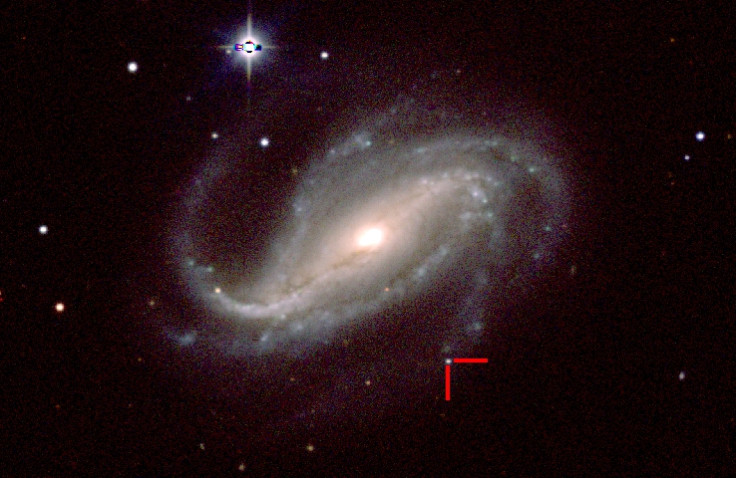Why is the brightest star dimming and changing shape? Find out
Betelgeuse may not be going to explode into a supernova, as yet.
Betelgeuse, one of our sky's brightest stars, has been in news for months as it has drastically dimmed down. The phenomenon has left astronomers puzzled, without answers.
Several theories are floating around, however, the answers remain uncertain. Not only the star is losing its luminosity, but it is also changing its shape. According to Independent, some astronomers had earlier speculated that the star is showcasing dramatic changes because it could be about to explode into a supernova. However, the shape shifting star continues to compel astronomers to question their theories.
The star is reportedly now about 36 percent of its normal brightness. As the researchers look for answers, they have investigated the phenomenon using ESO's Very Large Telescope and have released new images of the star's surface. When scientists compared the new image with an old one from January 2019 when the dimming had not begun, it was discovered that the star is not about to go supernova. It is speculated that it might be undergoing some other similar process.
"The two scenarios we are working on are cooling of the surface due to exceptional stellar activity or dust ejection towards us," said Miguel Montargès, an astronomer from KU Leuven in Belgium and the leading scientist of the study. "Of course, our knowledge of red supergiants remains incomplete, and this is still a work in progress, so a surprise can still happen," he added.
More findings suggest that the star, which was once ranked second brightest in the constellation of Orion, is causing dust that emits infrared light.
"Over their lifetimes, red supergiants like Betelgeuse create and eject vast amounts of material even before they explode as supernovae. Modern technology has enabled us to study these objects, hundreds of light-years away, in unprecedented detail giving us the opportunity to unravel the mystery of what triggers their mass loss," said Emily Cannon, a Ph.D. student at KU Leuven.
Betelgeuse is usually referred to as the eleventh-brightest star in the night sky and one of the largest that is visible to the naked eye. Classified as a red supergiant, it is estimated to be about 700 light-years away from the Sun. Less than 10 million years old, it is expected to undergo a supernova explosion within 100,000 years.
Meanwhile, Forbes is reporting that the star has ceased from fading away. It is now said to be stable.

"The star has been nearly steady in brightness now over the last 10 days," Villanova University astronomer Edward Guinan told the publication.
Nevertheless, the next few days remain crucial to determine the truth about the changes Betelgeuse underwent.
© Copyright IBTimes 2025. All rights reserved.





















